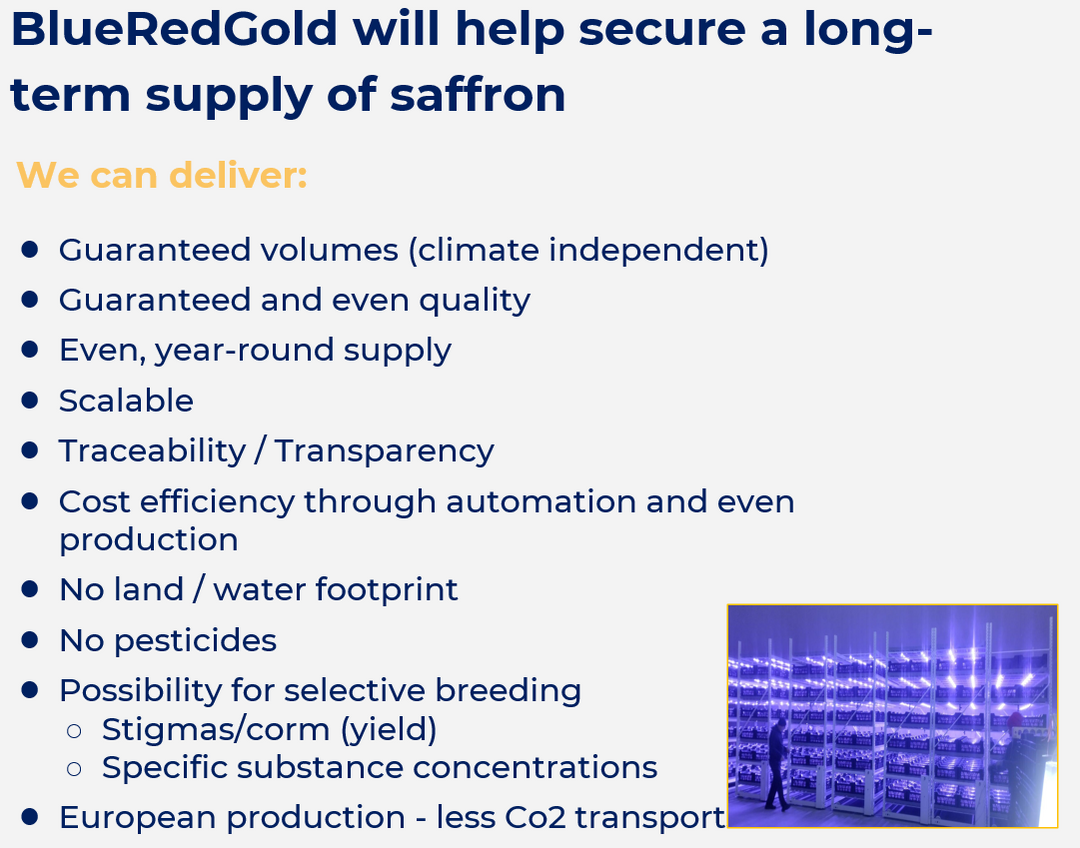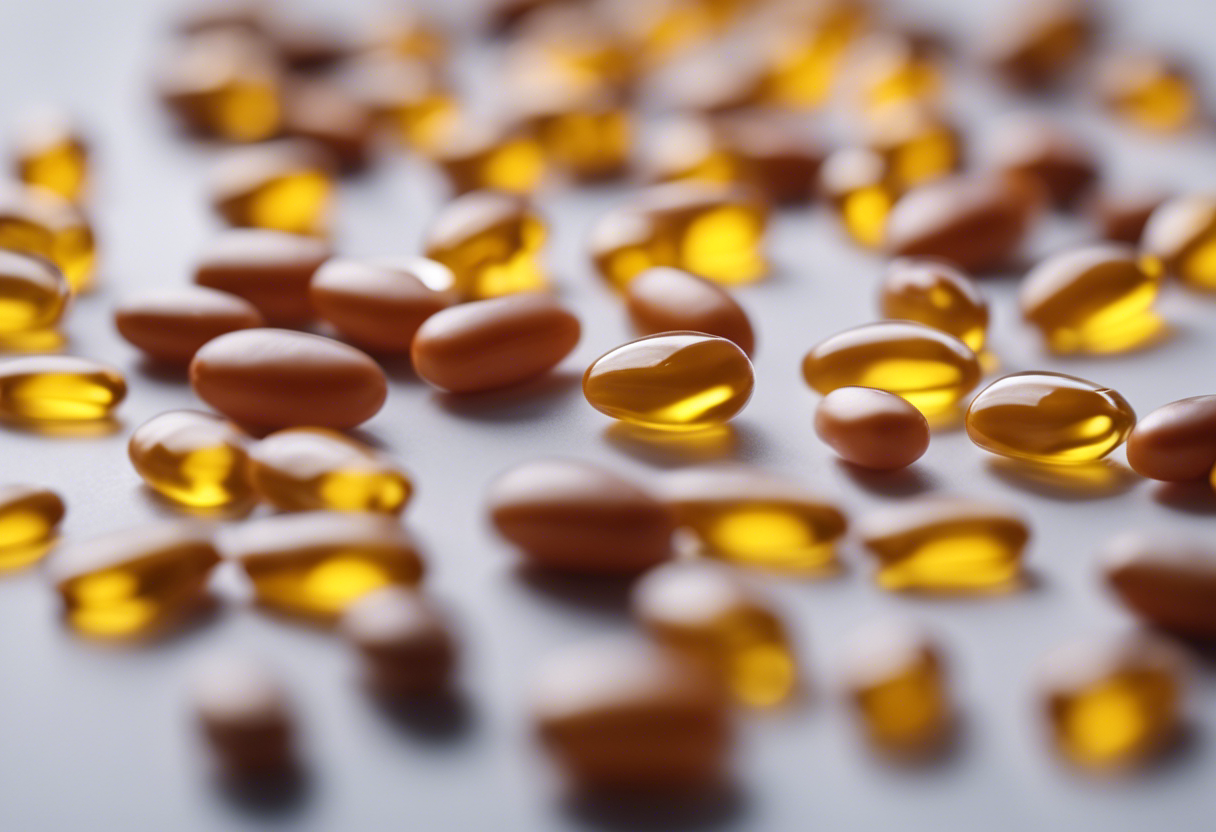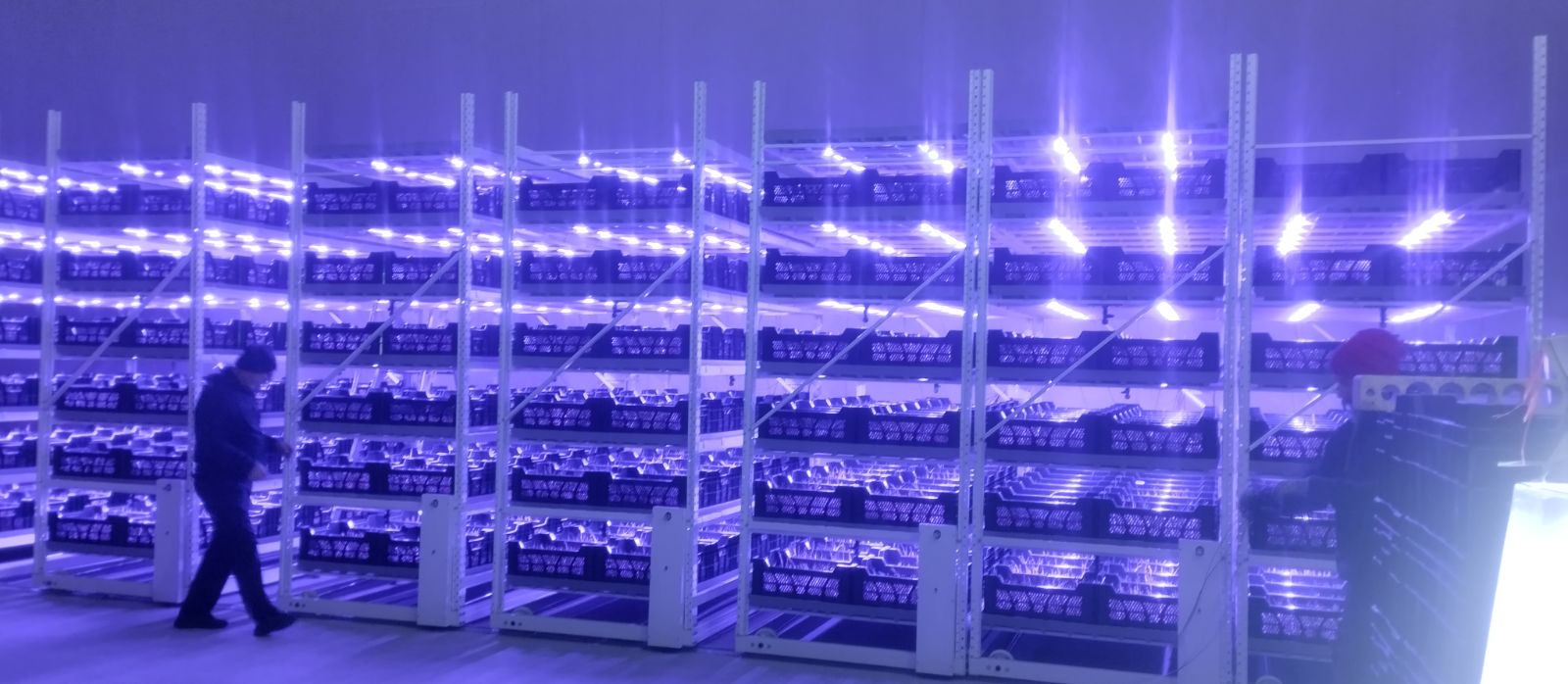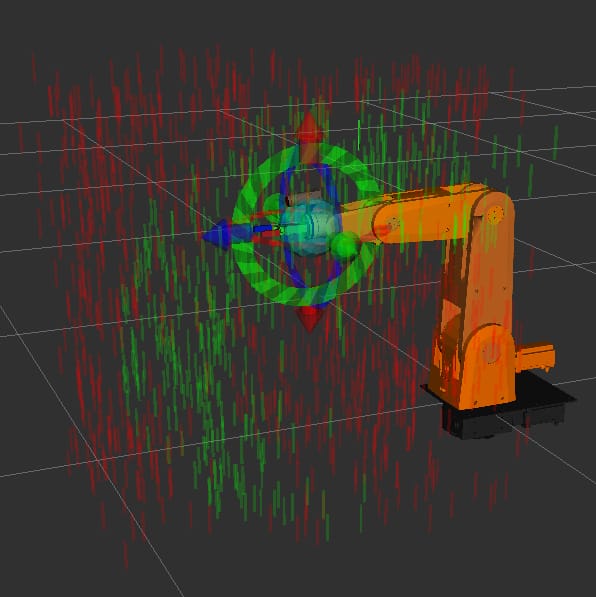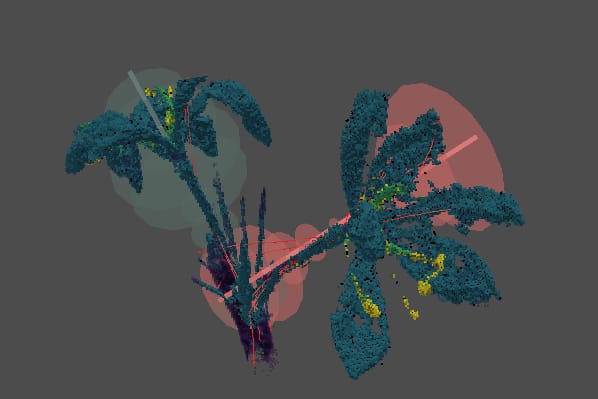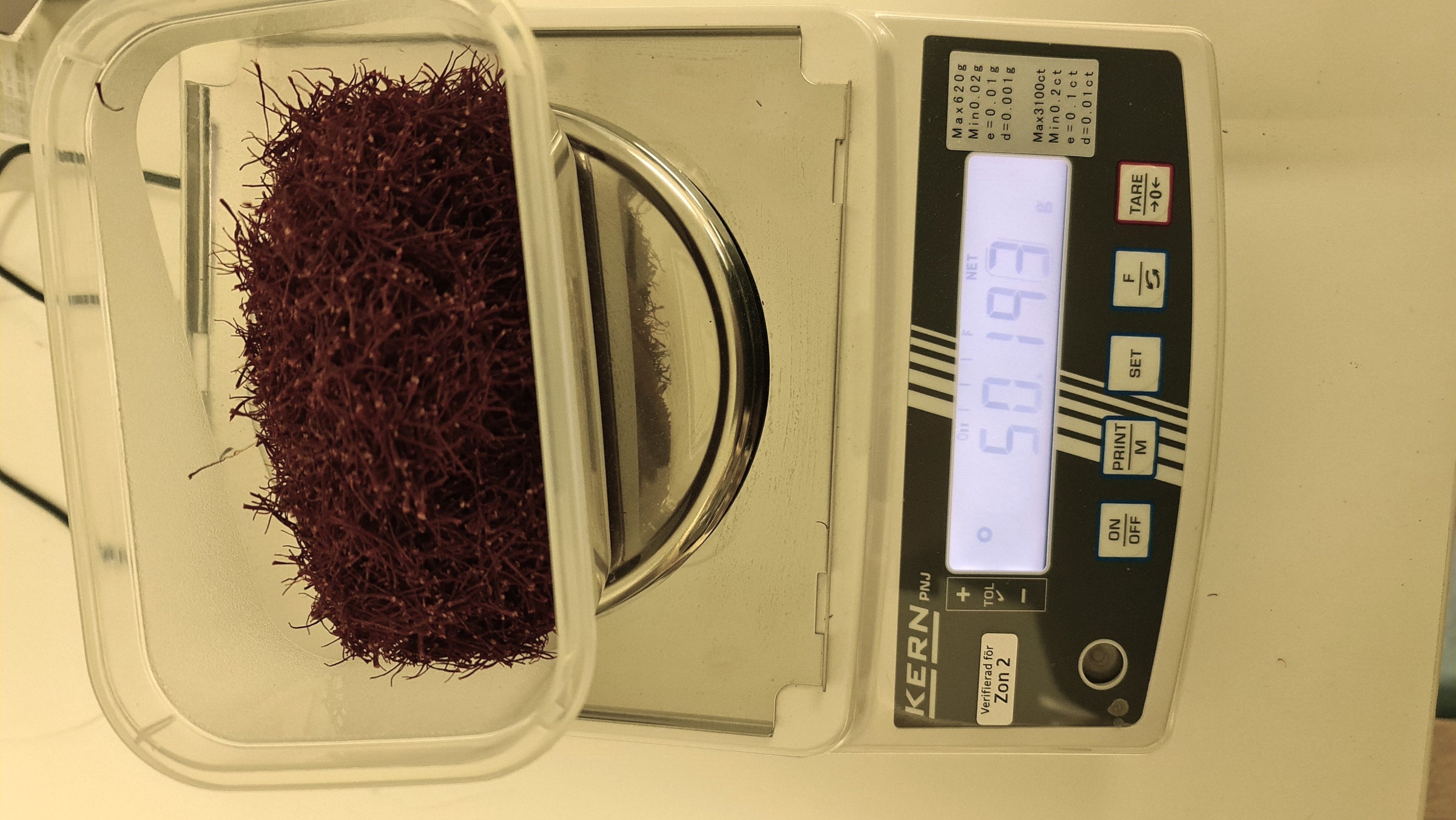BlueRedGold, Evolving for Excellence.
Cultivating world-class saffron in the heart of Sörmland
Adjacent to the historic Gripsholm Castle in Mariefred, BlueRedGold is pioneering a state-of-the-art indoor saffron farm.
Controlled Climate
3 CLIMATE ZONES - 2-4 CYCLES / YEAR
Automation of processes
There are multiple parts of the process that we have automation for.
Revolutionizing Saffron Cultivation
Meet the Pioneers Behind BlueRedGold
Welcome to the heart of innovation at BlueRedGold, where a dedicated team of visionaries is redefining the world of saffron.

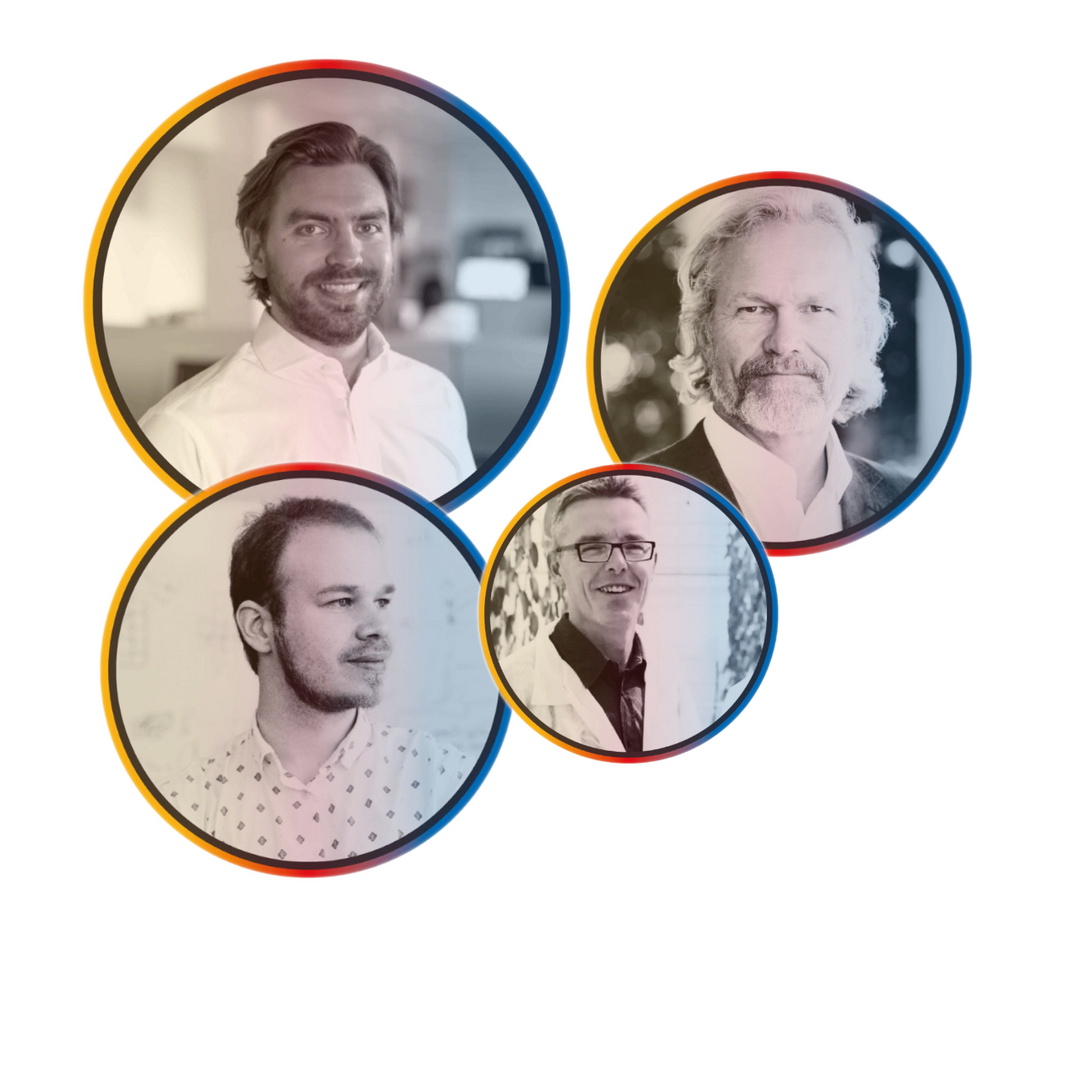
The supply problem
Saffron supply is not sustainable
- Almost all Saffron is grown outdoor with traditional methods and is dependent on the weather
- To produce 1 ton of Saffron outdoors, 49 hectares of arable land is needed
- >90% of global yield is farmed in Iran
- Climate change severely affects the Iran region, forcing a market reform
- High risk with a dominance of world production in one location; Politics, monopoly, stunted growth, logistics
- Lack of trust in supply chain based on false certificates of origin or quality
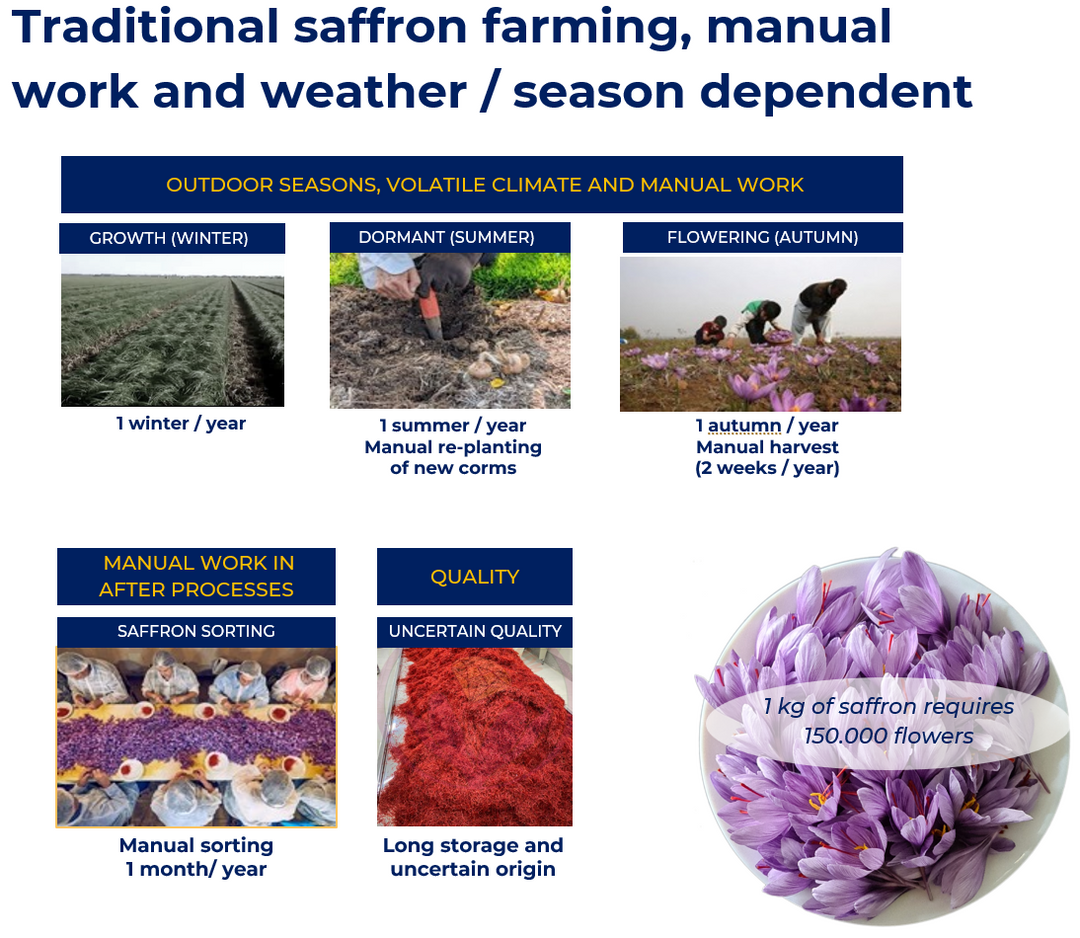
The market problem
Ingredient buyers dilemma;
- Climate change - harvests
are shrinking - Dependency on Iran -
Geopolitical situation - Fake certificates
- Buyers are expected to show sustainability
- Irregular deliveries (quality decreases when in storage)
- Fear of pesticides
- With decreasing supply and increased demand, prices will soar
